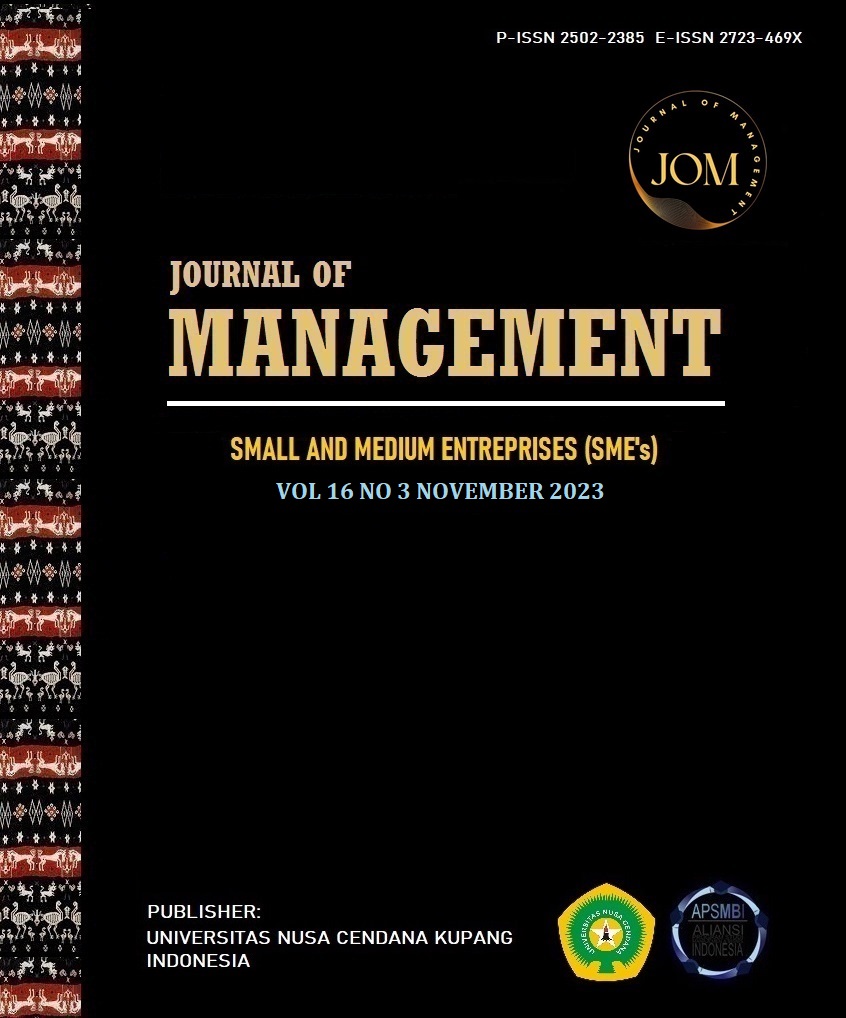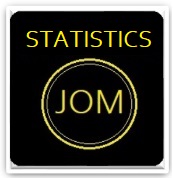THE USE OF PRO-GEAR INNOVATION IN IMPROVING THE UNDERSTANDING OF PROBABILITY TOPICS OF STATISTICS COURSES IN THE DEPARTMENT OF COMMERCE, PORT DICKSON POLYTECHNIC
Abstract
The purpose of this study is to identify students' interest in and understanding of the probability topic in the Statistics courses after engaging in a demonstration learning session using the Pro-Gear innovation. The research methodology used is a descriptive and experimental method. A total of 42 first-semester Diploma in Marketing students were separated into two equal groups, A and B. Group A experienced demonstration learning that utilized Pro-Gear innovation, while Group B experienced conventional learning that lacked Pro-Gear innovation. The average score from the End of Chapter (EOC) evaluation of both groups was used to assess student understanding. The level of interest of students is analyzed using the survey form distributed to Group A, which went through demonstration learning using Pro-Gear innovation. Based on the average EOC score analysis, group A had a higher average score than group B. The average difference in EOC score is 7.7%. This shows that the level of understanding of a group of students who utilize Pro-Gear innovation is more advanced than that of a group that does not use Pro-Gear innovation. Meanwhile, the survey form analysis reveals a high average mean value for the eight items investigated. Thus, demonstration learning using the Pro-Gear innovation can enhance the understanding and interest of students in the probability topic.
Keywords: Demonstration; Innovation; Probability
Downloads
References
Daluba, N. E. (2013). Effect of Demonstration Method of Teaching on Students’ Achievement in Agricultural Science. World Journal of Education. Vol 3, No.6;2013.
Kim et al., (2008). Elementary probability & statistics. Pearson Prentice Hall 2nd edition.
Onyeka, E. C & Okoye, G.N. (2023). Effectiveness of Demonstration Teaching Method On Students` Academic Achievement in Mathematics in Rivers State Nigeria. African Journal of Educational Management, Teaching and Entrepreneurship Studies Vol.8 (2), January-April, 2023
Pfannkuch, M., Budgett, S., Fewster, R., Fitch, M., Pattenwise, S., Wild, C. & Ziedins, I. (2016). Probability Modeling and Thinking: What Can We Learn From Practice? Statistics Education Research Journal. 15. 11-37. DOI: 10.52041/serj.v15i2.238.
Refat A., (2019). Students' Academic Difficulties in Learning a Statistics and Probability Course: The Instructors' View. Journal of Education and Practice. ISSN 2222-1735 (Paper) ISSN 2222-288X (Online) DOI: 10.7176/JEP Vol.10, No.9, 2019.
Riswari, L., Yanto, H., & Sunarso, A. (2018). The Effect of Problem-Based Learning by using Demonstration Method on The Ability of Problem Solving. Journal of Primary Education, 7(3), 356-362. DOI: 10.15294/jpe.v7i3.24519.
Rita, R. & Suwarsosno, A. L. (2020). Analysis of Student Thinking Ability in the Topic of Probability: A Descriptive Study of Gender and Math Ability. Universal Journal of Educational Research, 8(12A), 7443 - 7454. DOI: 10.13189/ujer.2020.082528.
Thahir, A. & Mawarni, A. (2019). The Effectiveness of Demonstration Methods Assisting Multiplication Board Tools for Understanding Mathematical Concept in Bandar Lampung. Journal for the Education of Gifted Young Scientists. 7. 353-362. DOI: 10.17478/jegys.512260.
Zokhi, A.N.M,. (2022). Aplikasi Inovasi Q-Track Kit Dalam Proses Pengajaran dan Pembelajaran Bagi Modul Teoritikal. International Journal of Advanced Research in Future Ready Learning and Education 27, Issue 1 (2022) 20-29.

 Noryanti Binti Samsudin(1*)
Noryanti Binti Samsudin(1*)



